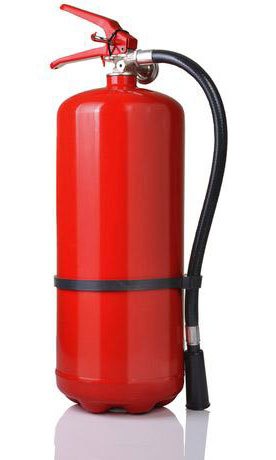Substitutes in Fire Suppression and Explosion Protection
On this page:
- Overview
- End-uses
- Total Flooding Agents
- Streaming Agents
- Related Resources
Overview
Under Title VI of the Clean Air Act, the SNAP program identifies and evaluates substitutes in end-uses that have historically used ozone-depleting substances (ODS). SNAP listings of acceptable alternatives can also help sectors transition away from high global warming potential hydrofluorocarbons (HFCs) addressed under the American Innovation and Manufacturing (AIM) Act including its Technology Transitions Program. For example, some substitutes that are listed as acceptable under the SNAP program, starting with the first SNAP rulemaking in 1994, might be subject to more recent restrictions established under the Technology Transitions Program. For detailed information on specific restrictions and guidance, please refer to the Technology Transitions Program.
End-uses
Fire suppression and explosion protection have used halons in many applications because they are electrically non-conductive, dissipate rapidly without residue, are safe for limited human exposure, and are extremely efficient in extinguishing most types of fires. Because of their strong ozone depletion potential, the production and import of virgin halons in the United States has been phased out. Alternative agents and technologies continually enter the market for fire suppression end-uses, including in-kind alternatives (e.g., halocarbons, inert gas, carbon dioxide), or not-in-kind alternatives (e.g., powdered aerosols, foam, water mist).
Total Flooding Agents
Total flooding systems, which historically used halon 1301, are designed to automatically discharge an extinguishing agent and achieve a specified minimum agent concentration throughout a confined space.
Streaming Agents
Streaming fire extinguishers, which historically used halon 1211, are portable and can be manually manipulated to discharge in a specific direction and release a specific quantity of extinguishing agent at the time of a fire.

